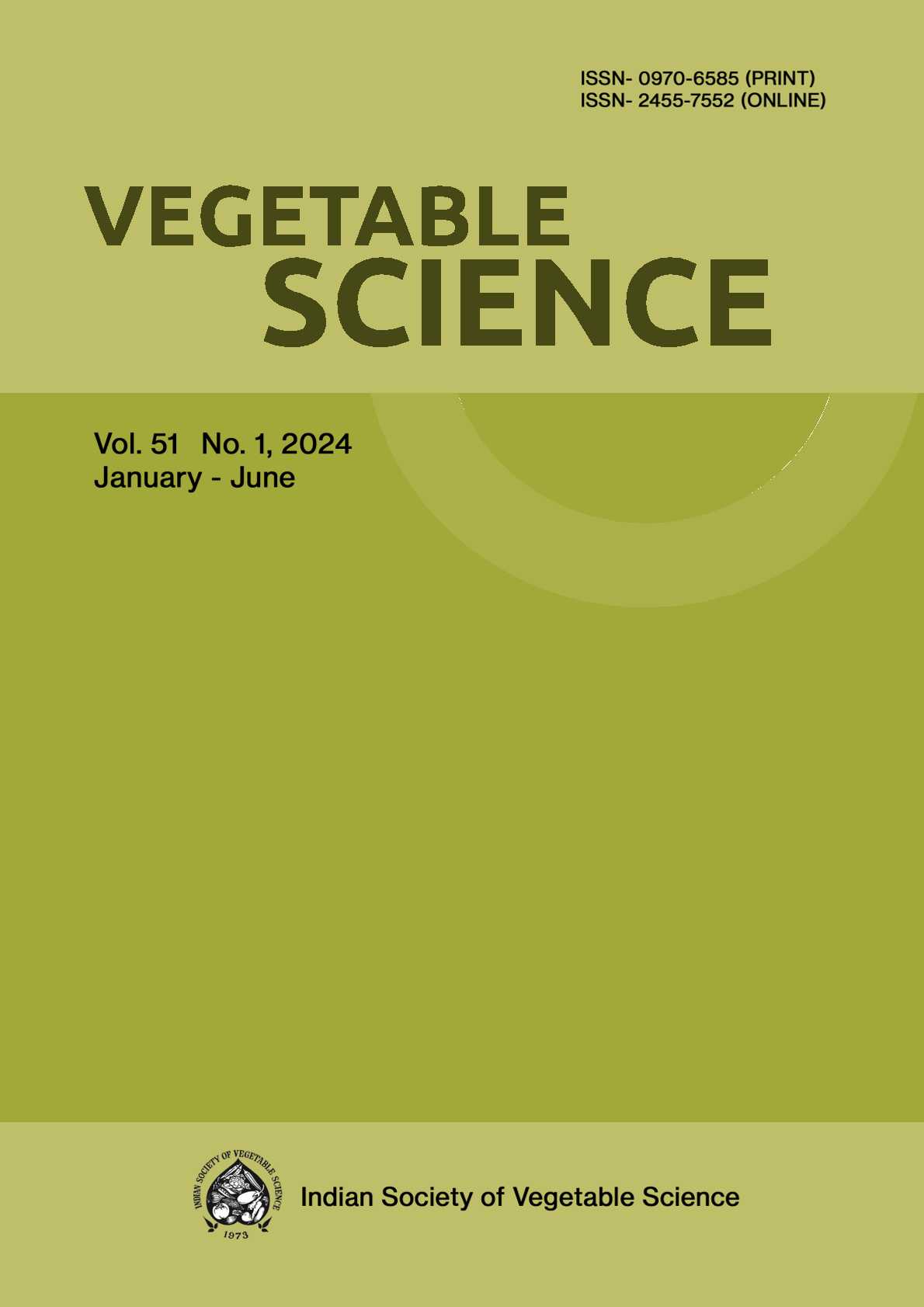Studies on variability, heritability and genetic advance in garlic (Allium sativum L)
DOI:
https://doi.org/10.61180/Abstract
Among the spices grown in India, garlic (Allium sativum L.) is undoubtebly one of the important crops of alliaceae after onion and propagated vegetatively. It is also used as flavor agent and in pharmaceutical preparation due to its high valid medicinal properties like antimicrobial, antidiabetic and anticarcinogenic action. Garlic has higher nutritive value than other bulb crops (Pandey, 1989) and has good export potential as fresh bulb as well as in the dehydrated form (Gupta and Singh, 1998). During 2009- 10, the garlic was grown on an area of 107.69 thousand hectare and estimated production was approximately 593.10 thousands MT. The average productivity of garlic in India is 5.00 t/ha, which is quite low as compared to other garlic growing countries
Downloads
Published
Issue
Section
License

This work is licensed under a Creative Commons Attribution-NonCommercial-NoDerivatives 4.0 International License.






